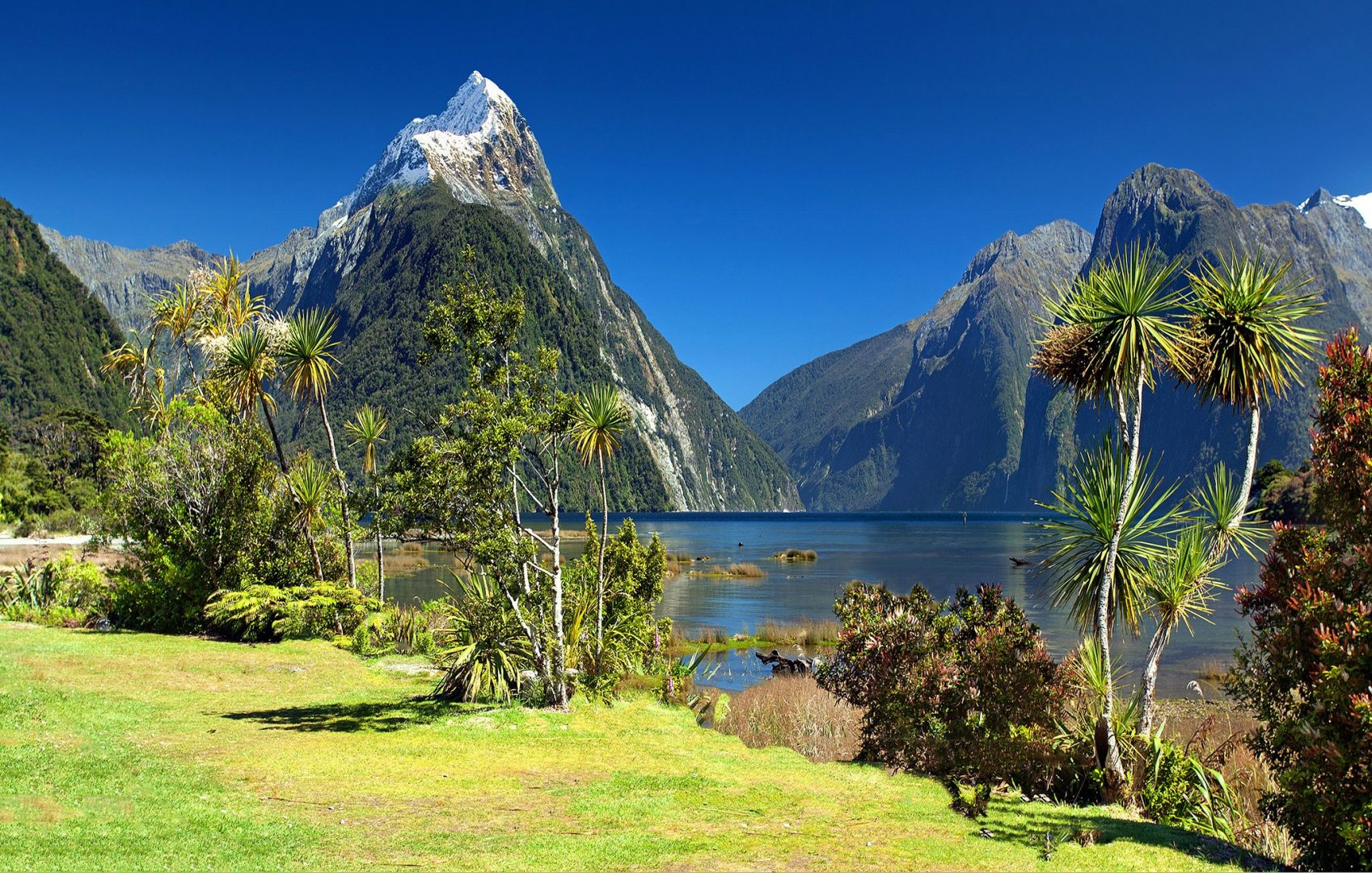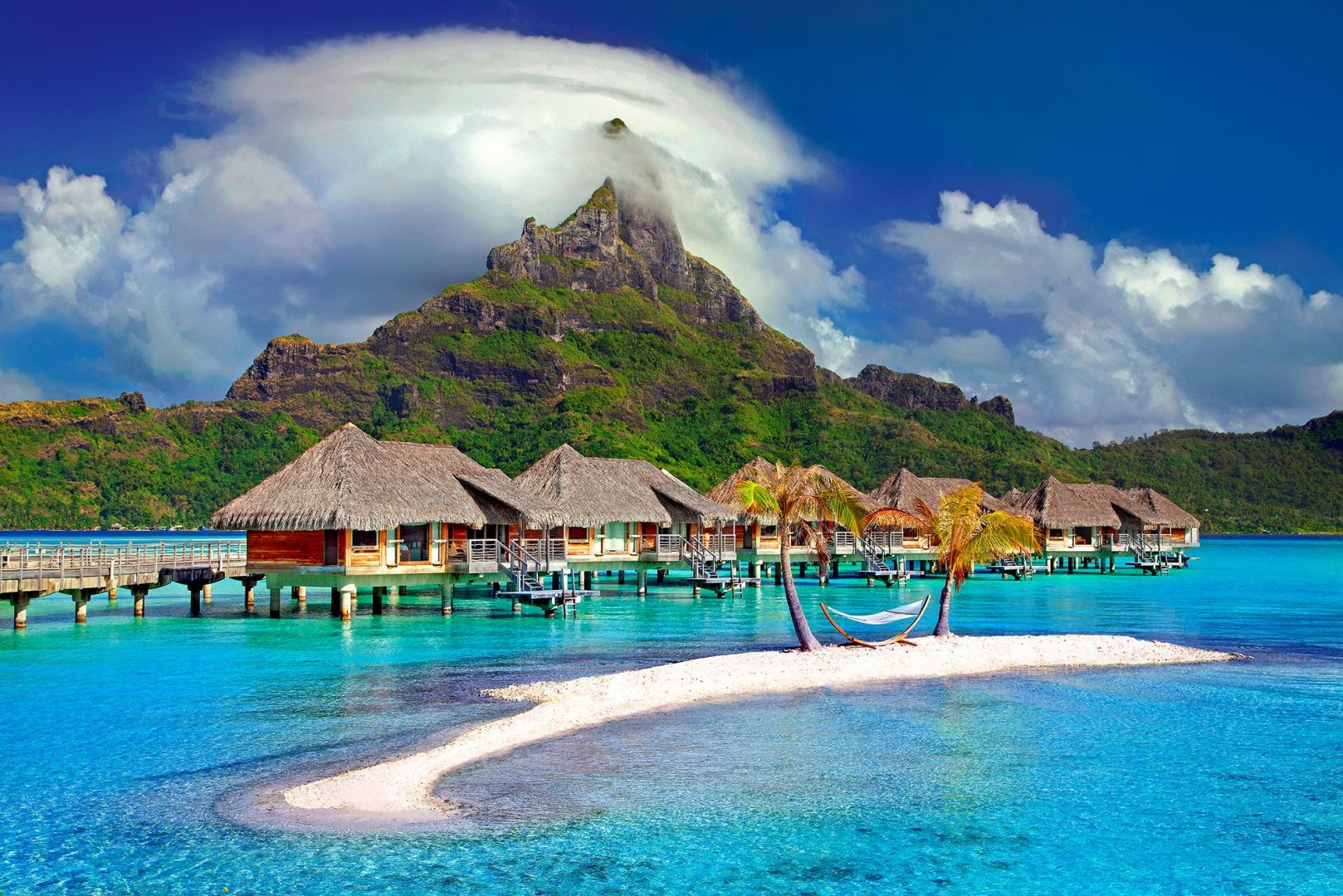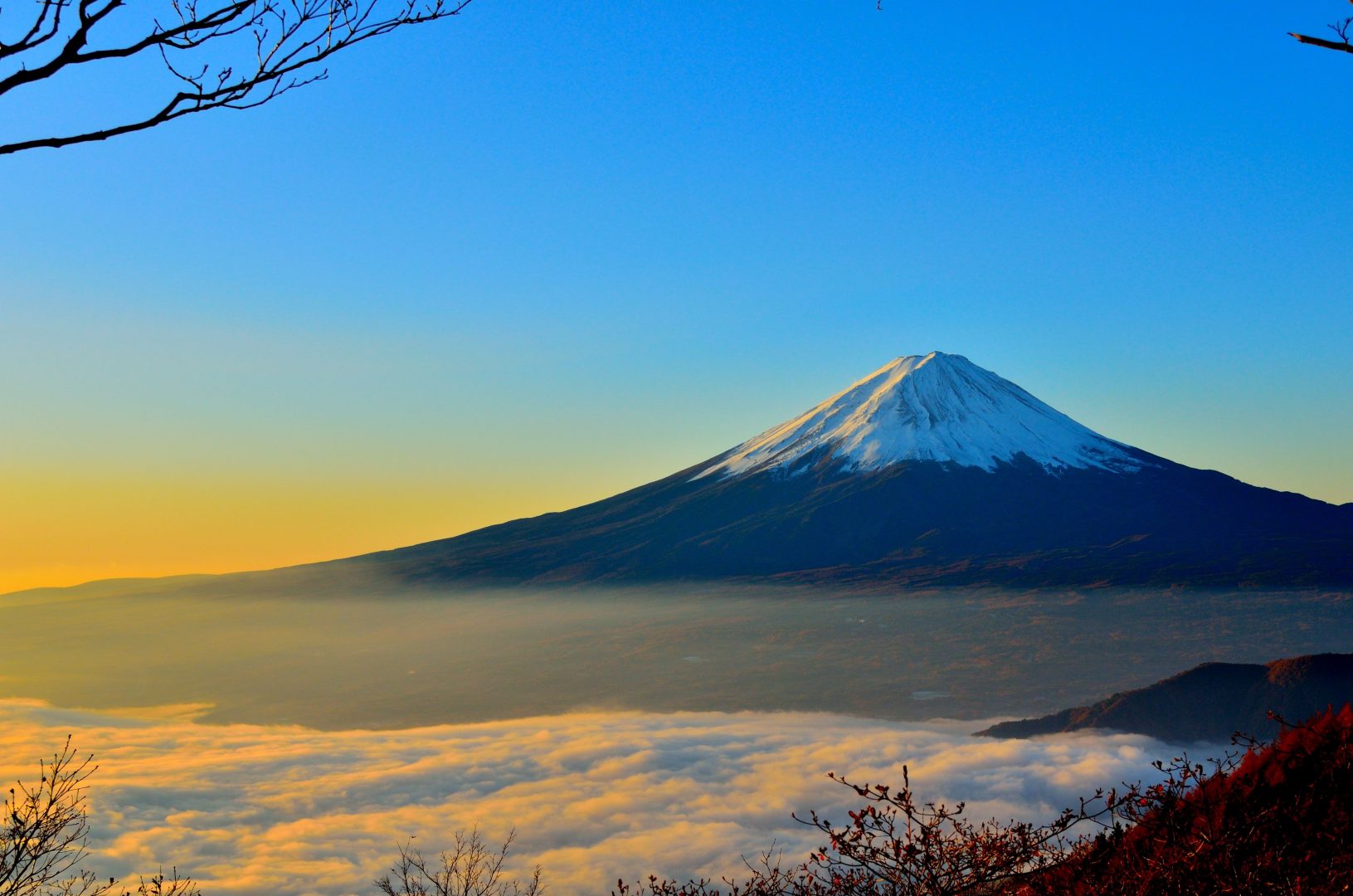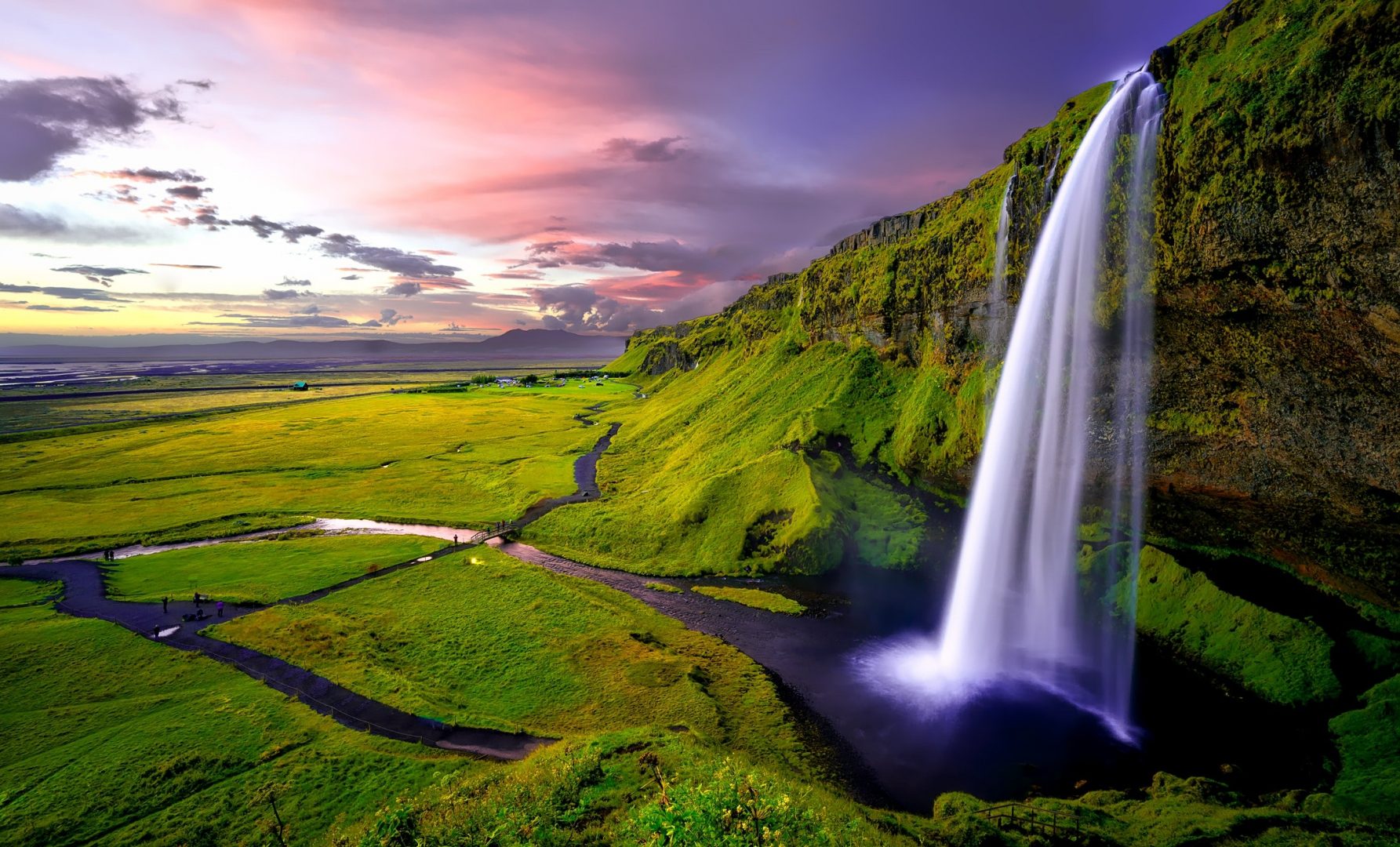My blog, blogs about walking and climbing in the mountains here, taking pictures of this travelling in Europe here and looking at flowers, here.
Here he shares some interesting reflections from the culture on the Canadian Mountains around Banff.

The drive from the airport in Alberta to Banff is, in itself, a wonderful journey. You arrive at a nice and clean, well run and very Canadian airport to get the transfer bus to your hotel. The long valley through which you drive is banked on both sides by the first of an endless series of the most amazing and rewarding mountains in the world. One in Banff itself the main drag is full of bars, shops, restaurants and people to going to or coming from hikes, walks and climbs. The trails are well marked and will suit any ability and the views are worth whatever degree of effort you want to put in.
Beyond the town and the mountains, there is Lake Louise.

There is something almost overwhelming about the combination of the water and the mountain. If you think of the Lochs of Scotland and the fiords of Scandinavia, some of the most important human landscapes of the imagination are those that bring the rock and water together in the same place. We are used to the idea of the beach being the place at which the water and the earth meet. Moved by tides which are driven by the moon, we see the beach as the place from which our ancestors came and to which we go for rest and relaxation. For generations, the taking of the water at the beach was also seen as the means of recovery of health. But the other place, more tranquil, perhaps harder to reach but also a source of rest, restoration and recovery, is a mountain lake. If the mountains are as high as they are here and the water as clear and clean, then the reflections and the contrast of the surfaces is simply sublime.
In Lake Louise, this amazing combination of surfaces, textures, colours, light and shade, come together in one of the truly great views on earth. There is one other element, also present in the Lochs of Scotland, the trees. The difference here is that while many of the Lochs are surrounded by plantations which create uniform rows of trees, regimented like so many wooden soldiers, here the growth is natural. What this also means is that when the plantations are harvested you get very ugly baron sections left exposed and the straight lines become obvious, like cuts into the very landscape itself. Here the gaps are made of the stone through which nature cannot pass and from which nature cannot grow. So, the lines of trees appear natural and in tune with the changes in the nature and placement of the rock. There is also something magical about the waterline and snow line in relation to each other and the way the eye, especially when walking in this landscape, will try to make them meet each other.

Finally, and perhaps most of all, there is the reflection of the mountain in the water. This effect must have been part of the reason our ancestors used to think that mountains were alive because the solidity of the rock formations appears to be moving in the reflection of the water and because the reflection brings down from their great height to be touchable in the water before us. This process of movement and proximity it both utterly compelling and really rather magical. There is a metaphysics at work here which is ancient but which can still move and inform the contemporary mind. Our ancestors believed that Gods were the things they could not touch -the Sun and the Moon. But they also believed that Mountains were both Gods in their own right but also the places in which the Gods lives. They were the homes of Gods because they were so distant that they could never be reached. We take it for granted today that we can travel hundreds or even thousands of miles to visit a place that we can see in the distance or even a place that we cannot see or have never seen. For much of human history, once our ancestors settled down to be hunter-gatherers and providing, they were not forced to do so, they would stay within the bounds often of what they could see. Hunters might follow herds but even they would not travel beyond clearly defined boundaries. In essence, then the early human imagination could not grasp the idea of being able to reduce the distance between things except by the reflection of a mountain in the water. There was no other way in which distance could be reduced. And if that reflection moved as well, then what magic that must have seemed.
If you are interested in visiting the region, there is an excellent review of guidebooks here.
https://www.banfflakelouise.com/
Juan Ramon Gomis is a mountain lover. He blogs about walking and climbing in the mountains here, taking pictures of this travelling in Europe here and looking at flowers, here.
Juan Ramon Gomis is a mountain lover. He blogs about writing and climbing here



